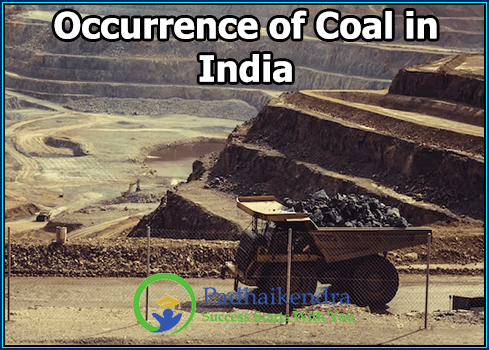Coal is an important fossil fuel in India and is primarily found in sedimentary rocks of the Damodar Valley, Jharkhand, and West Bengal regions.
The major coalfields in India are:
- Jharia coalfield: Located in Jharkhand, it is the largest coalfield in India and one of the largest in the world. The coalfield covers an area of about 450 sq. km and has reserves of over 19 billion tonnes.
- Raniganj coalfield: Located in West Bengal, it is the second-largest coalfield in India. The coalfield covers an area of about 1530 sq. km and has reserves of over 14 billion tonnes.
- Singrauli coalfield: Located in Madhya Pradesh and Uttar Pradesh, it is the third-largest coalfield in India. The coalfield covers an area of about 2200 sq. km and has reserves of over 10 billion tonnes.
- Talcher coalfield: Located in Odisha, it is the fourth-largest coalfield in India. The coalfield covers an area of about 500 sq. km and has reserves of over 38 billion tonnes.
- Korba coalfield: Located in Chhattisgarh, it is the fifth-largest coalfield in India. The coalfield covers an area of about 530 sq. km and has reserves of over 10 billion tonnes.
India has significant coal reserves, with estimates ranging from 100-300 billion tonnes. However, the quality of coal varies widely, with some deposits being of poor quality and others being of higher quality. India is also the world’s second-largest importer of coal, importing significant amounts from countries such as Indonesia, Australia, and South Africa.





